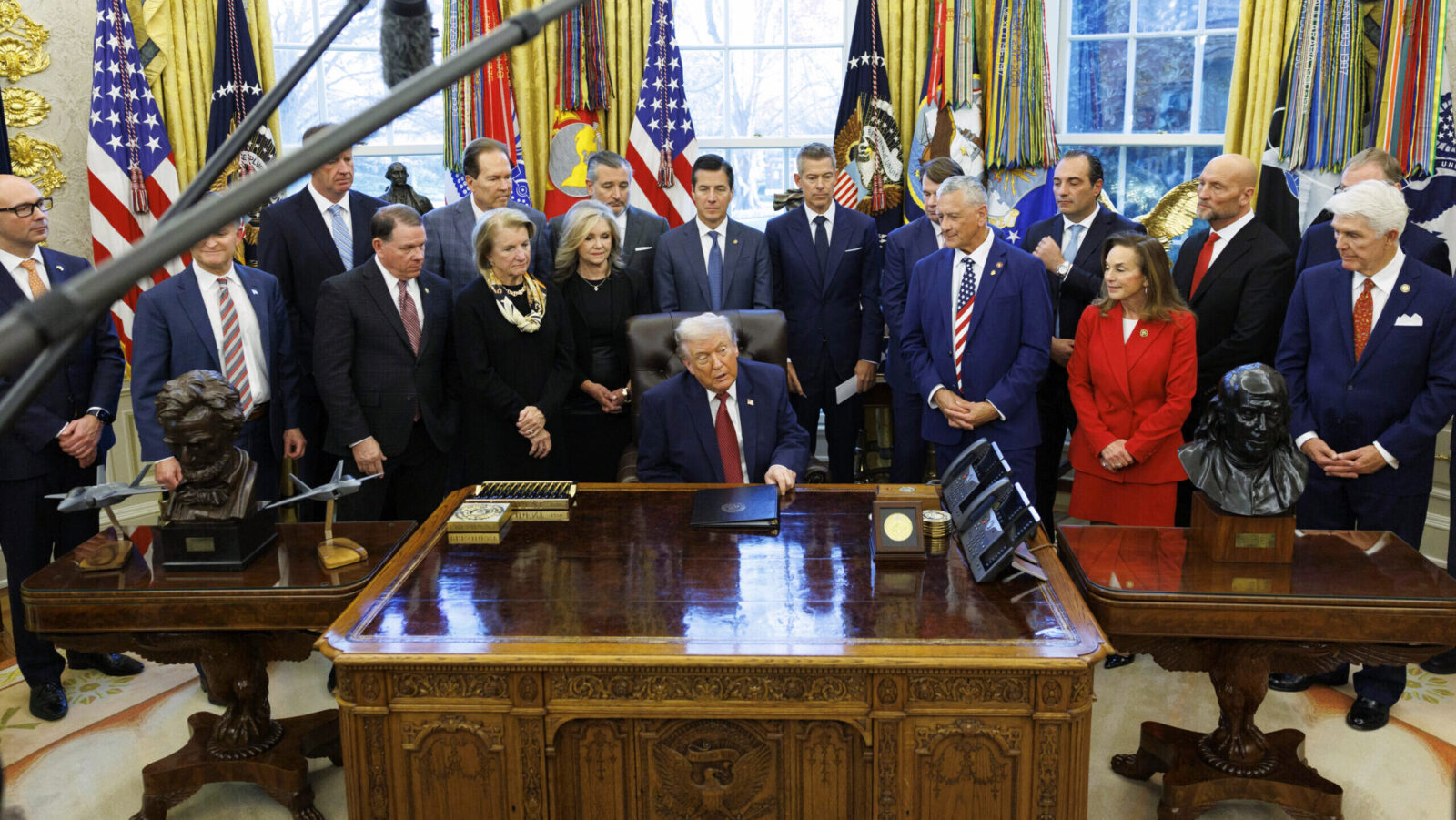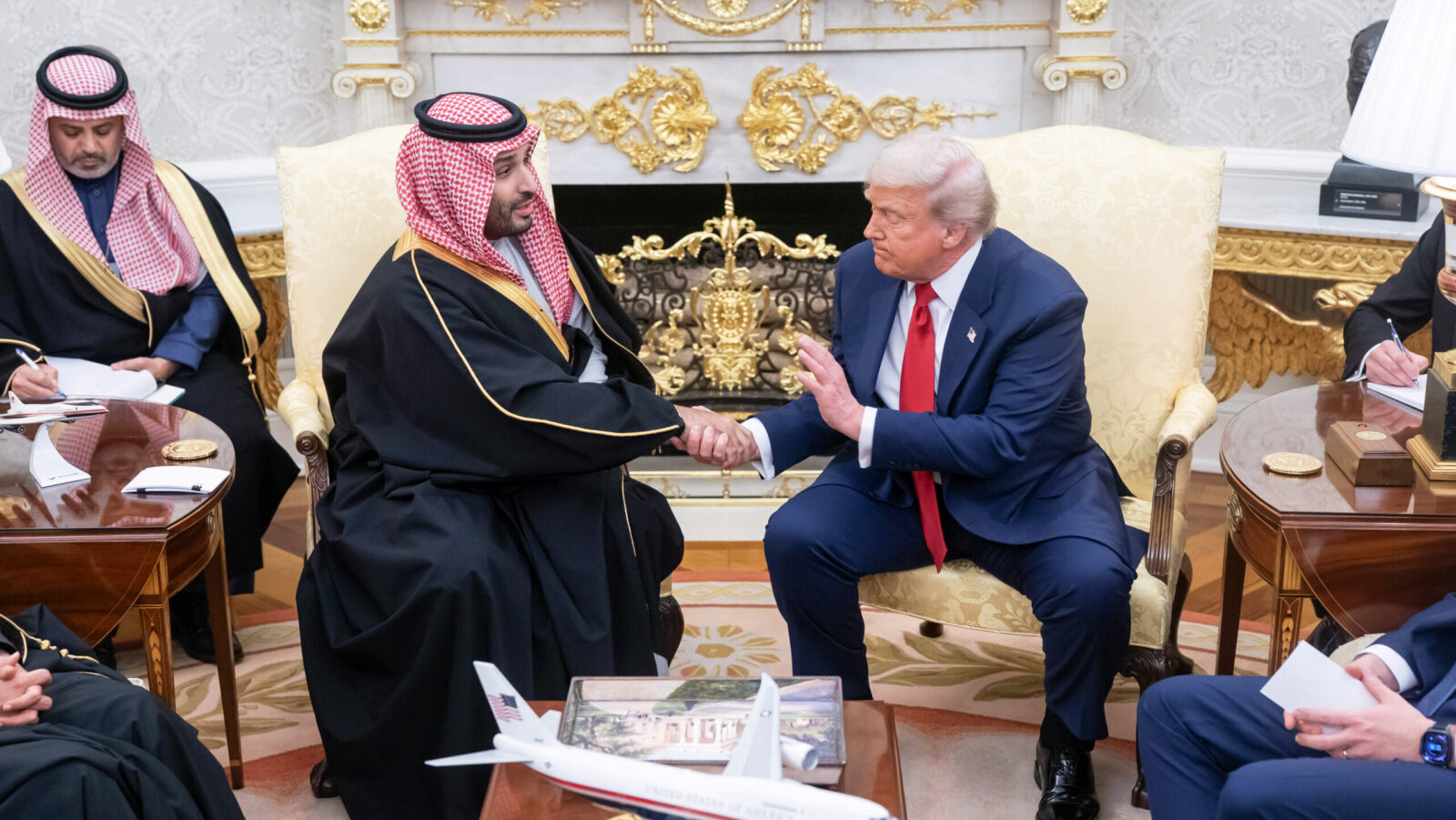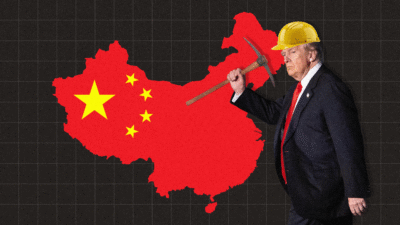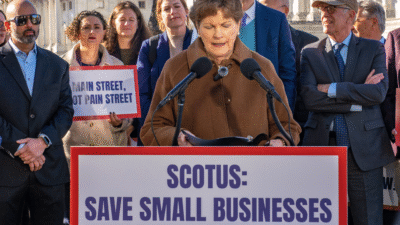Behind Beijing’s Tough Trade Tactics, a Slowing Chinese Economy
China’s GDP growth fell to 4.8% in the third-quarter, down from 5.2% in the second quarter and the slowest pace in a year.
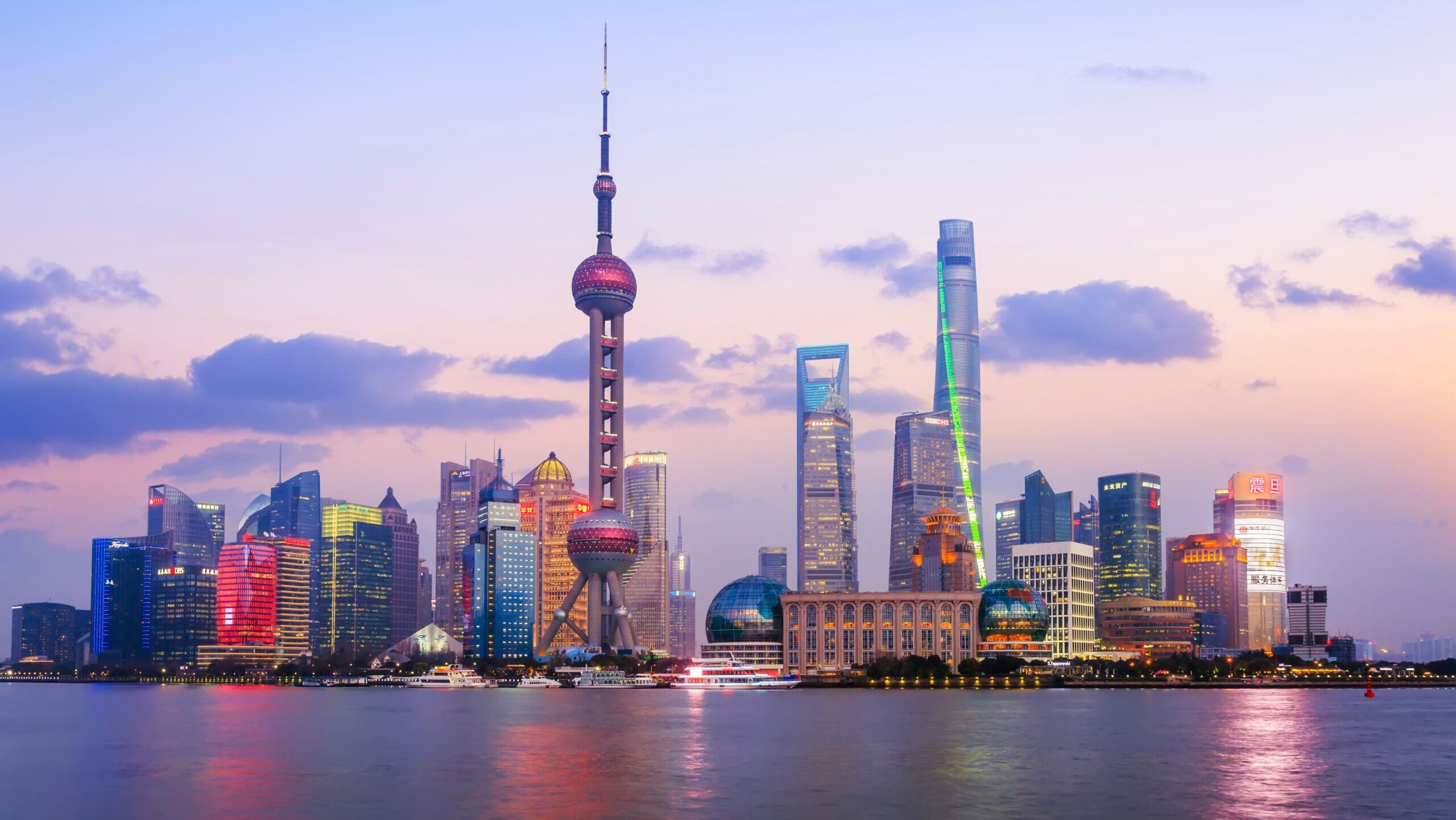
Sign up for smart news, insights, and analysis on the biggest financial stories of the day.
China’s been playing hardball on trade. Now we may know why.
Earlier this month, China landed its biggest trade war blow yet, placing extreme export controls on its critical rare earth minerals industry, a move that gives it more leverage in the seemingly never-ending negotiations for a broader trade deal. The hardline tactic came just before new economic data from Beijing late Sunday showed the Chinese economy grew at its slowest pace in a year in the third quarter, suggesting that the trade war might be taking its toll.
Playing a Trump Card
By most estimates, China controls roughly 70% of the world’s rare earth minerals mining capacity and 90% of its production capacity. Stricter export controls on the minerals could quickly cripple US, as well as global, supply chains for everything from automobiles to military equipment. The threat to impose them comes just as the impact of the trade war is starting to become clear:
- China’s GDP growth fell to 4.8% in the third quarter, down from 5.2% in the second quarter. Exports to the US fell 27% year-over-year, though exports to the European Union increased 14%, exports to Southeast Asia increased 15% and exports to Africa increased 56%; exports were up more than 8% overall year-over-year, the government said.
- The bigger trouble has been the downstream effects at home. Retail sales grew 3% year-over-year in September, a 10-month low, while the country’s property sector flounders.
Clap Back: Sparking economic growth at home will likely be crucial for leaders in Beijing, who gathered on Monday to start hashing out the details of the nation’s next “Five-Year Plan,” which will be released in March. On the other side of the trade-war battle lines, Washington is etching out a more China-free future. On Monday, US and Australian leaders agreed to a deal to shore up rare earth — yes, that again! — supply chains. The agreement comes after President Trump said Sunday that hashing out a rare earth minerals deal is at the top of his bargaining wish list with China, along with negotiating new Chinese purchases of US soybeans and securing protections for Taiwan. Treasury Secretary Scott Bessent has said the talks between the US and China will resume this week in Malaysia, while President Trump and President Xi Jinping have tentative plans to meet next week at the Asia-Pacific Economic Cooperation summit in South Korea. The 90-day suspension of higher US tariffs on Chinese goods is set to expire on November 10.
